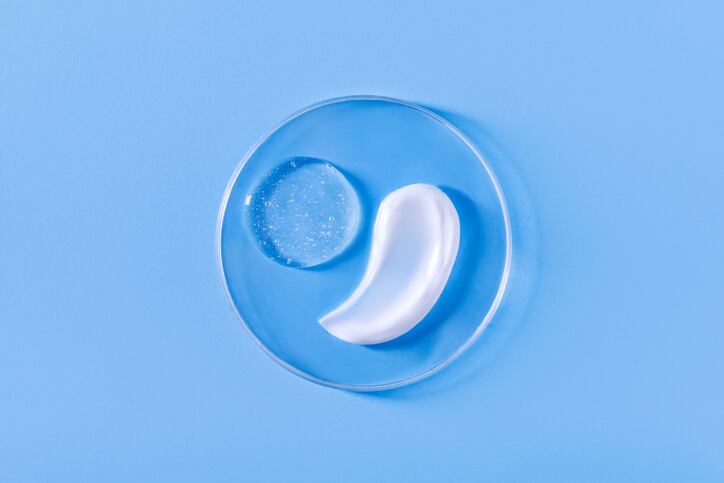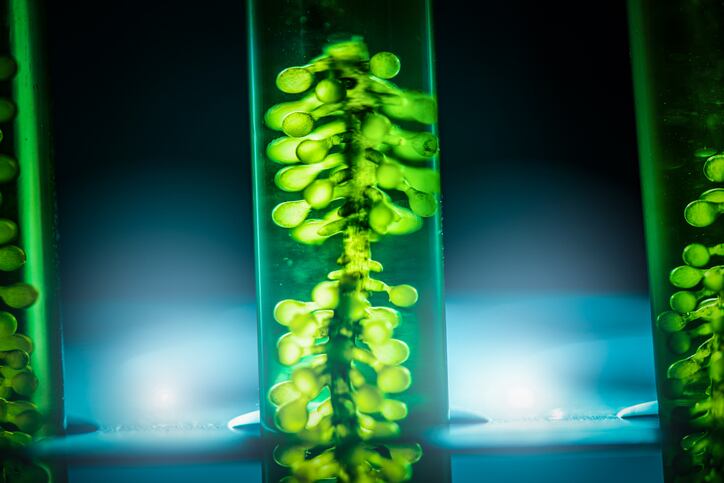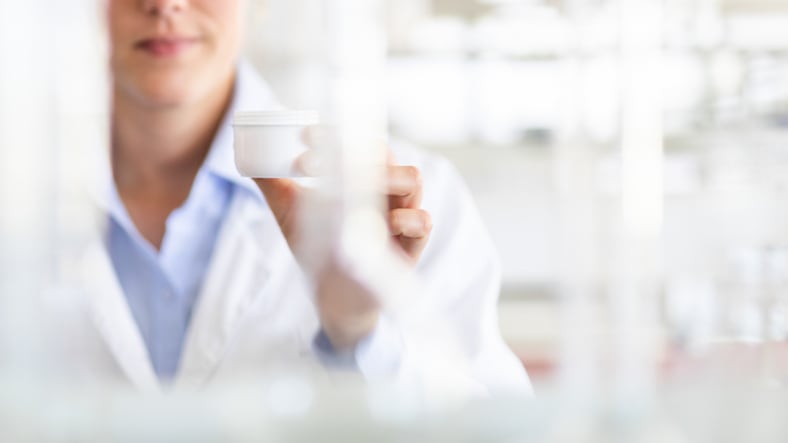The Nano-Medicament et Nano-Sonde (NMNS) research group at the University had investigated the potential of NADES in cosmetics. Part of a wider public-private consortium, the research investigated more than 150 NADES, integrating 25 (10 hydrophobic and 15 hydrophilic) of them into cosmetic gels and formulas to study physio-chemical properties, stability and sensory impact.
What are NADES?
Natural Deep Eutectic Solvents are formed by natural compounds and can be considered ‘future solvents’ that are especially useful for the preparation of nutraceuticals and food-grade extracts. NADES can be extracted from plant sources and microalgae – the latter of which was the focus for the Tours University researchers
Natural Deep Eutectic Solvents in cosmetic gels
Findings showed all NADES increased the viscosity of gel formulas, likely due to “some kind of reorganisation of the hydrogen bond network”, according to lead researcher Professor Emilie Munnier, teacher and researcher for the NMNS unit at the University of Tours.
The impact on pH varied, Munnier said, with some solvents immediately modifying the pH and others showing partial to no impact.
Presenting findings to attendees at this year’s IFSCC Congress in London, UK, back in September, she said the results were interesting because “families of NADES” led to the same kind of modifications.
“That’s something nice because it means that we can manage to do some predictive models that could be used by formulators to anticipate the modifications linked to the introduction of NADES.”
So, why NADES? And what was the interest for cosmetic formulators?
Biocompatibility and extra properties
Munnier said NADES were especially interesting from a formulation standpoint because they were renewable, biodegradable and biocompatible.
“What is, I think, the most interesting with them is, besides from being green solvents, they are biocompatible and so this type of solvent elimination at the end of extraction is no longer necessary.”
This was interesting, she said, because the ingredients used to prepare NADES offered properties that could ultimately improve efficacy of finished cosmetic products, she said. For example, glycerol was a humectant with moisturising and wound healing properties.
“NADES extracts could become multifunctional ingredients,” she said, from an active, functional and sensory perspective.
A spotlight on spirulina
As part of the research, the team worked with a lab-prepared spirulina extract because the microalgae were high in antioxidants and had a natural blue pigment that was easy to track and analyse. The aim was to introduce it as a NADES extract in a gel at 1% weight.
Munnier said the NADES that led to the “greatest extraction” of the spirulina’s blue pigment were glycerol, glucose and water mix. And interestingly, this colour extract persisted even after one month in the oven.
However, when introducing the extract into the gel formula, she said results differed depending on the order of mixing – whether the extract was introduced before or after the thickening agent. The team, therefore, continued to test various methods to improve overall stability and look and feel.
An interesting finding from working with the spirulina extract, she said, was that even at 1%, viscosity and the spreading feel of the gel improved.
Some of Munnier’s research on NADES extracts from spirulina can be seen here.
Cosmetics creams and emulsification with NADES
Additional research incorporating hydrophobic NADES into cosmetic creams did not present the same promise, Munnier said. “It wasn’t stable at all. We had to find a specific tool, temperature and speed of mixing to have something stable. And when we had something stable, there was always a drop in viscosity.”
These findings suggested there was more to be looked at around emulsification and NADES – an area of research Munnier’s team would soon look at under a different project funded by the National French Research Agency. This project, she said, would specifically investigate green emulsification strategies for the generation of data for formulations containing NADES.




